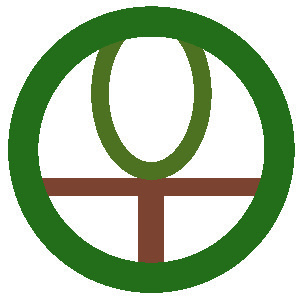Carl Linnaeus (Carl von Linné)
This famous Swedish naturalist (1701-78) is considered the father of index cards.
Needing a way to store a vast amount of data he originally kept information on different subjects on separate full-sized sheets of paper. This allowed him to add new information when acquired and order that data in a way that would facilitate its later retrieval.
Later, in 1752, he began cataloging the butterfly collection of Queen Ludovica Ulrica using small slips of paper (5 x 3 inches). This marked his transition to using index cards as we now know them. The Linnean Society of London has more than a 1000 of these cards.
He is best known for creating the binomial system of naming plants and animals that assigns a genus and species name to every different species. This is the same system that we still use today. In fact, it was Linnaeus that gave man the name Homo sapiens. (Linnaeus, himself, is the type specimen for our species). In all, he named over 12,000 species. He published two taxonomic masterpieces: Systema Naturae and Species Plantarum.
If you want to know more about this amazing naturalist/taxonomist you can go to the Linnean Society of London.*
*Another interesting tidbit of information I learned I just had to share for all the other science geeks out there. In 1742 Anders Celsius invented the temperature scale Celsius. However, he had the boiling point at 0* and the freezing point at 100*. Sounds crazy, right? Then in 1745 Linnaeus switched the freezing and boiling points to the standard that we now use.
Science News: https://www.sciencedaily.com/releases/2009/06/090616080137.htm
The Atlantic:
Linnean Society: https://www.linnean.org/learning/who-was-linnaeus/career-and-legacy
3/22

